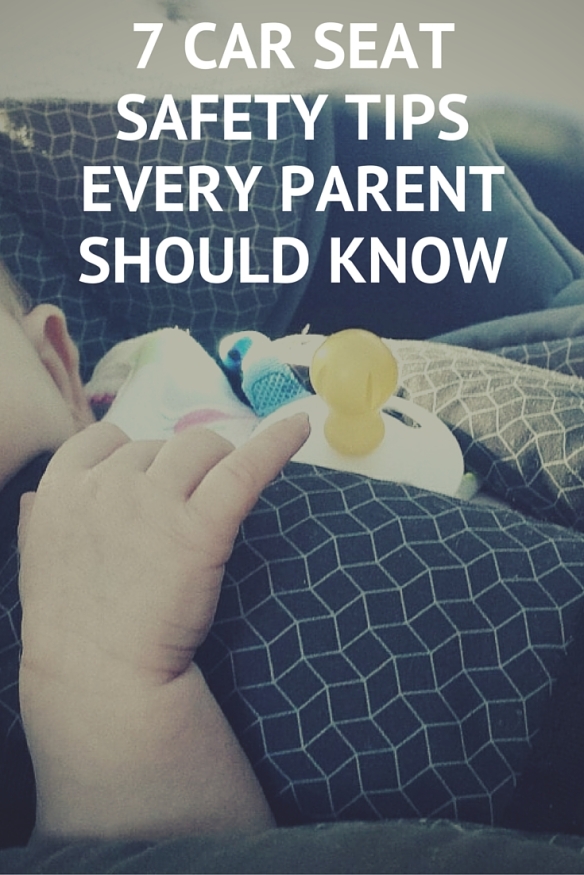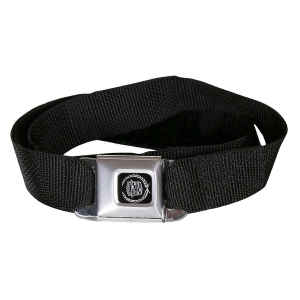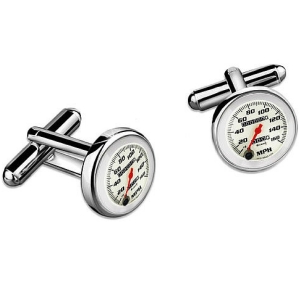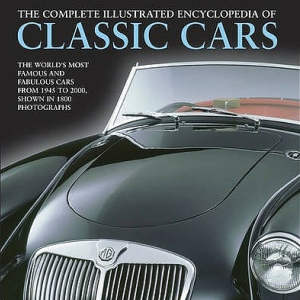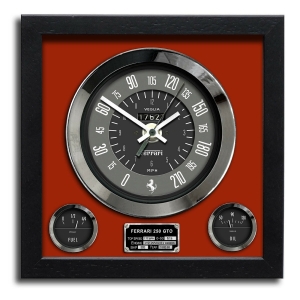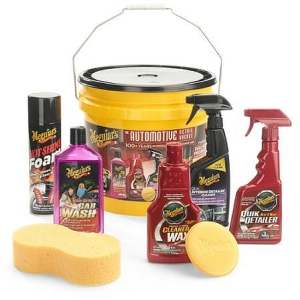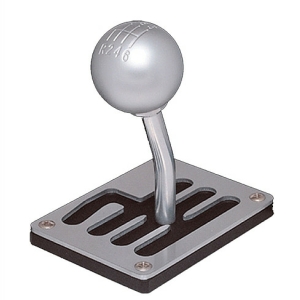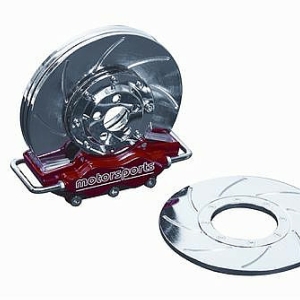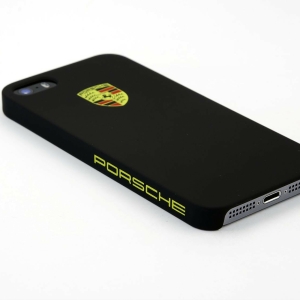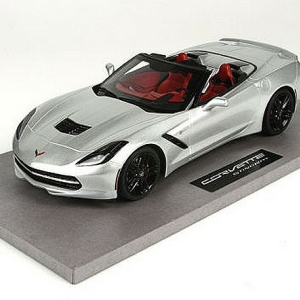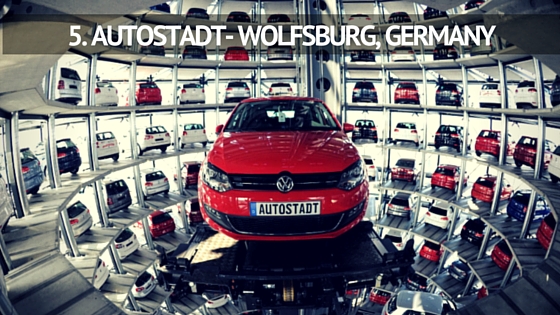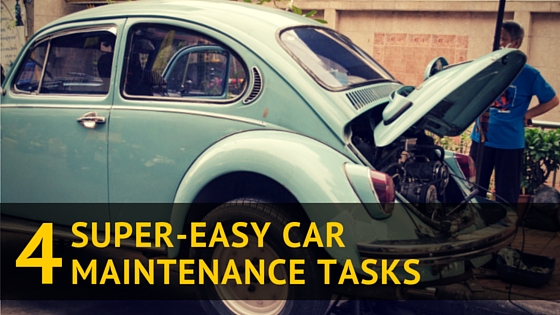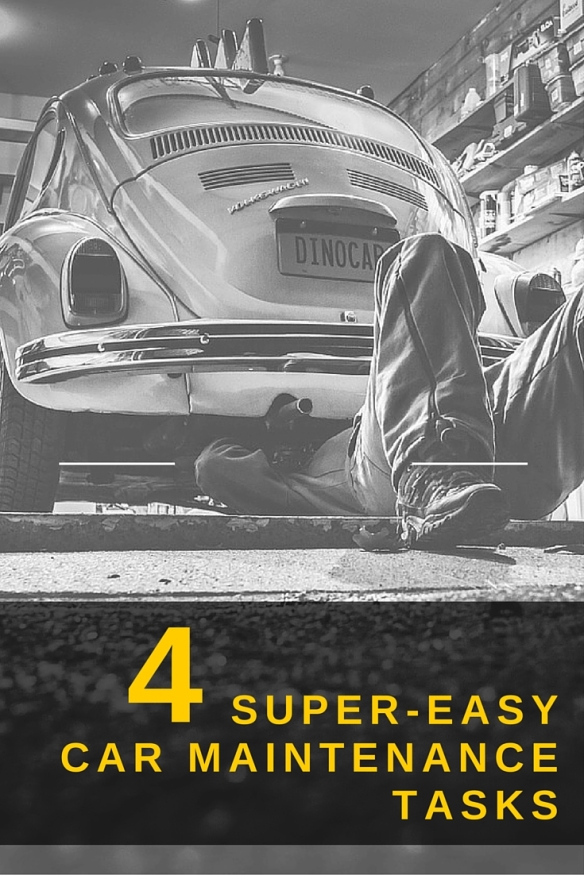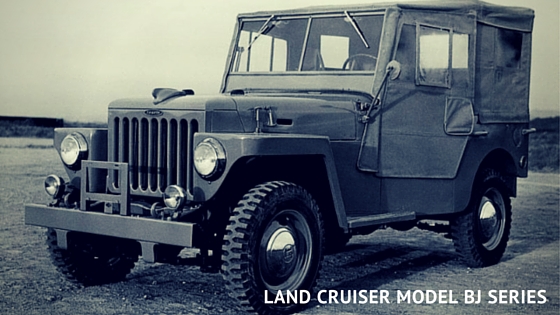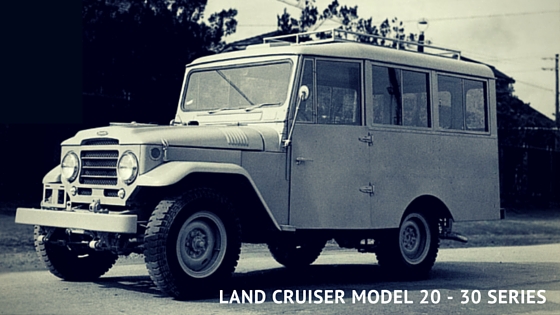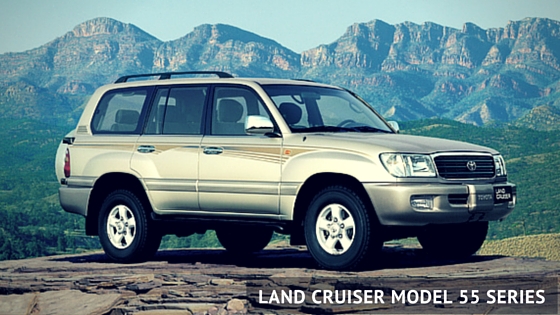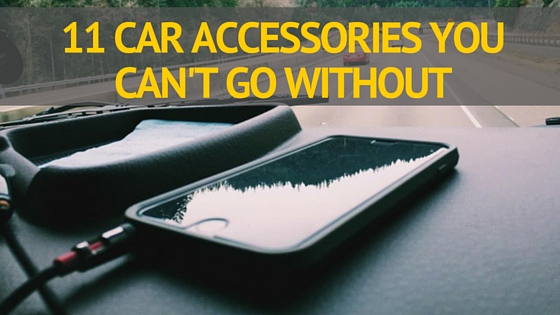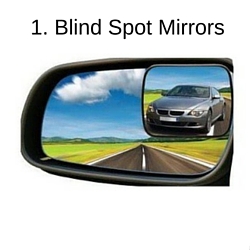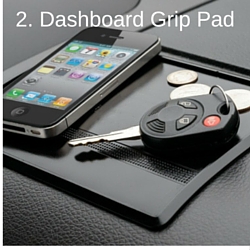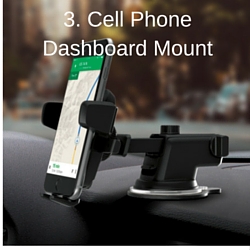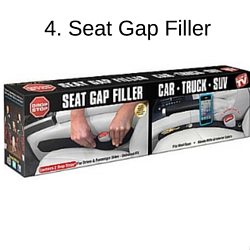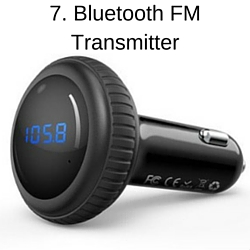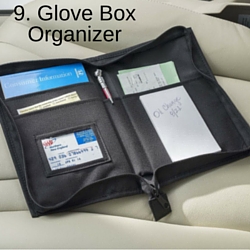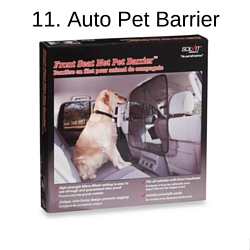
Feeling stir-crazy but can’t take time off from work? A weekend road trip is one of our favorite ways to break up our normal routine, escape the ordinary for a few days, and spend some quality time with our cars. And summer is the perfect time of year to hit the highway and travel somewhere nice.
Don’t get ahead of yourself, though: even if you’re ready to take off, your car may not be. There are a few things you need to do before you can deem your vehicle fit for a trip. Run through our checklist and complete each item before you go to prevent some easily-avoided roadside disasters.
- Check the vital fluids and change them if necessary.
Your car’s various automotive fluids are its lifeblood, and they tend to need more frequent attention than anything else. The Big Five Fluids are oil, coolant, power steering fluid, brake fluid and transmission fluid.
The last three items in this list only need to be changed once or twice in the car’s lifetime, but it’s still a good idea to take a peek and make sure you aren’t running low. Likewise, you can go several years or longer without changing your engine coolant, so you probably only need to ensure your recovery tank is full.
Oil requires the most frequent changing (every 3,000 to 10,000 miles depending on your car, your driving habits and whom you ask). If it’s very old, you may want to change it before your trip. Most auto shops that perform oil changes will also check your other fluids as part of the service.
- Inspect your windshield wipers.
You definitely don’t want to get caught in a storm while traveling and be unable to clear your windshield, so it’s important to have a good pair of windshield wipers installed. They have a typical lifespan of one year but may last longer, so you’ll need to visually inspect them. Check the rubber blades for cracks, chips or tears, and replace them if they’re past their prime. You can purchase a pair at nearly any store that carries automotive parts and install them yourself without too much trouble. And don’t forget to top off your washing fluid while you’re at it!
- Check that your tires are fit for the road.
Your car’s tires control how well it handles, so they require frequent maintenance. First, the air pressure inside each tire should be set to the manufacturer’s specifications, because improper pressure can negatively affect wear, handling and fuel efficiency.
Second, your tires must have a minimum amount of tread remaining in order to be safe to drive on. Tread wears down normally with use, and tires are rated for a total number of miles they can be driven on before they must be changed.
Finally, all four tires need to be rotated and balanced regularly to prevent uneven wear. This should be done about as often as you change your oil.
At the very least, you should inspect your tread and check the air pressure before going on a trip. If you know you’re about due for a rotation and balance, the good news is any tire shop will address all three of these things at once.
- Ensure your brakes are functioning properly.
Like your tires, your brakes affect your car’s ability to drive safely, so you need to be sure there’s nothing wrong with them before embarking on a weekend trip. Fortunately, brake problems are relatively rare, and you should only need to change your pads or rotors a few times in the car’s lifetime.
A visual inspection of your brakes is best, but it’s a bit difficult to do and is better left to professionals. You can easily gauge your general brake health by driving your car and paying attention to how it feels and sounds. Increased stopping distance, reduced responsiveness, and pulling to one side or vibrations while braking are all signs of wear, as are persistent squealing, clicking, growling or grinding.
Any of these signs can indicate minimal to advanced wear, and you should take your vehicle to a shop if you experience them.
- Make sure your battery is working well.
Your battery holds an electrical charge while your car is turned off and gives it the jolt required to start the engine. If you leave for your trip with a bad battery, you may find yourself stranded when your car won’t start!
Car batteries tend to last 5-7 years—perhaps longer if the car is driven frequently, and shorter if the car sits unused for long periods of time. If your car seems more difficult to start than usual, or if you know the battery is nearing the end of its life, you should probably buy a new one. You can always have an auto shop test your battery’s strength if you’re unsure.
- Examine all exterior lights and change burned-out bulbs.
It’s always a good idea to periodically check your headlights, taillights and other driving lights, but there’s no better time than before a road trip. If a bulb is burned out, you can purchase a new one for a reasonable price at your local auto parts store. You’ll need to consult your owner’s manual to see what kind of bulb you need and how to install it. The procedure is usually pretty simple and may only require a few basic tools to get under the car’s exterior body.
- Bring along entertainment, snacks and emergency items.
Part of preparing your car for a road trip should include stocking it with items to keep you entertained, fueled-up and safe. You should bring along bottled water and snacks in case you get hungry or thirsty on the highway. You’ll also want to have your favorite music on hand to keep you from getting bored (check out our Summer Drive Playlist for suggestions), and cards or games can be nice if other people are traveling with you. Lastly, you should pack up some emergency items like maps, blankets, flashlights, tools and a first aid kit in case anything should go wrong. Read our full post on that topic for a more extensive list.
- Fill up the gas tank before leaving.
Last but not least, you ought to fill up on gasoline before leaving town. We know some people may like to drive around with less fuel and only add some when they need it, but the highway is a bad place to run out of gas, especially if you’re not very familiar with the territory. What’s more, traffic jams can be difficult to predict, and you don’t want to get caught up for an extra hour when you’re running on fumes. Do yourself a favor and fill up your tank so you don’t have to worry about it, and keep it above ¼ full throughout your trip.
That does it for our pre-trip checklist. If you make a habit of keeping your car well maintained, then it shouldn’t take you much time or money to run through these items before hitting the road. On the other hand, if your maintenance record is a little spotty, then heeding our advice might help you detect an unseen problem and prevent a much bigger, more dangerous and more expensive situation.
And if you want to take a trip but aren’t sure where to go, we have a few suggestions. You could take one of our day trips from Rochester that will be fun for the whole family. For something a little longer, consider our East Coast road trip plan. And if you really want to go all-out, you might want to look at our list of the top 12 US road trips to take in your lifetime.



